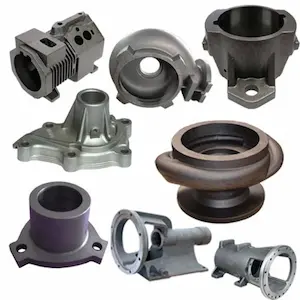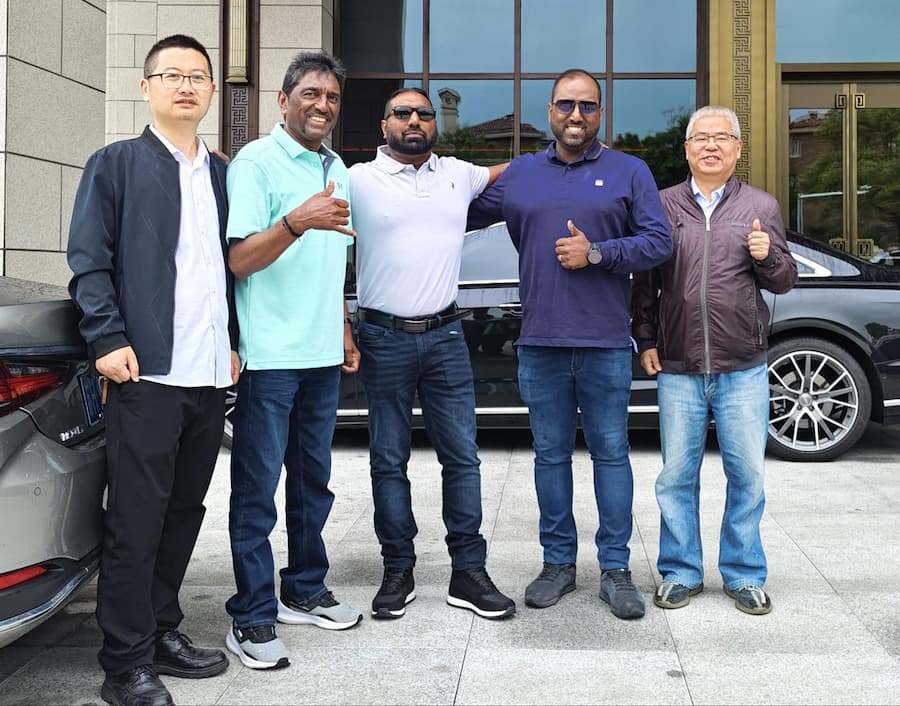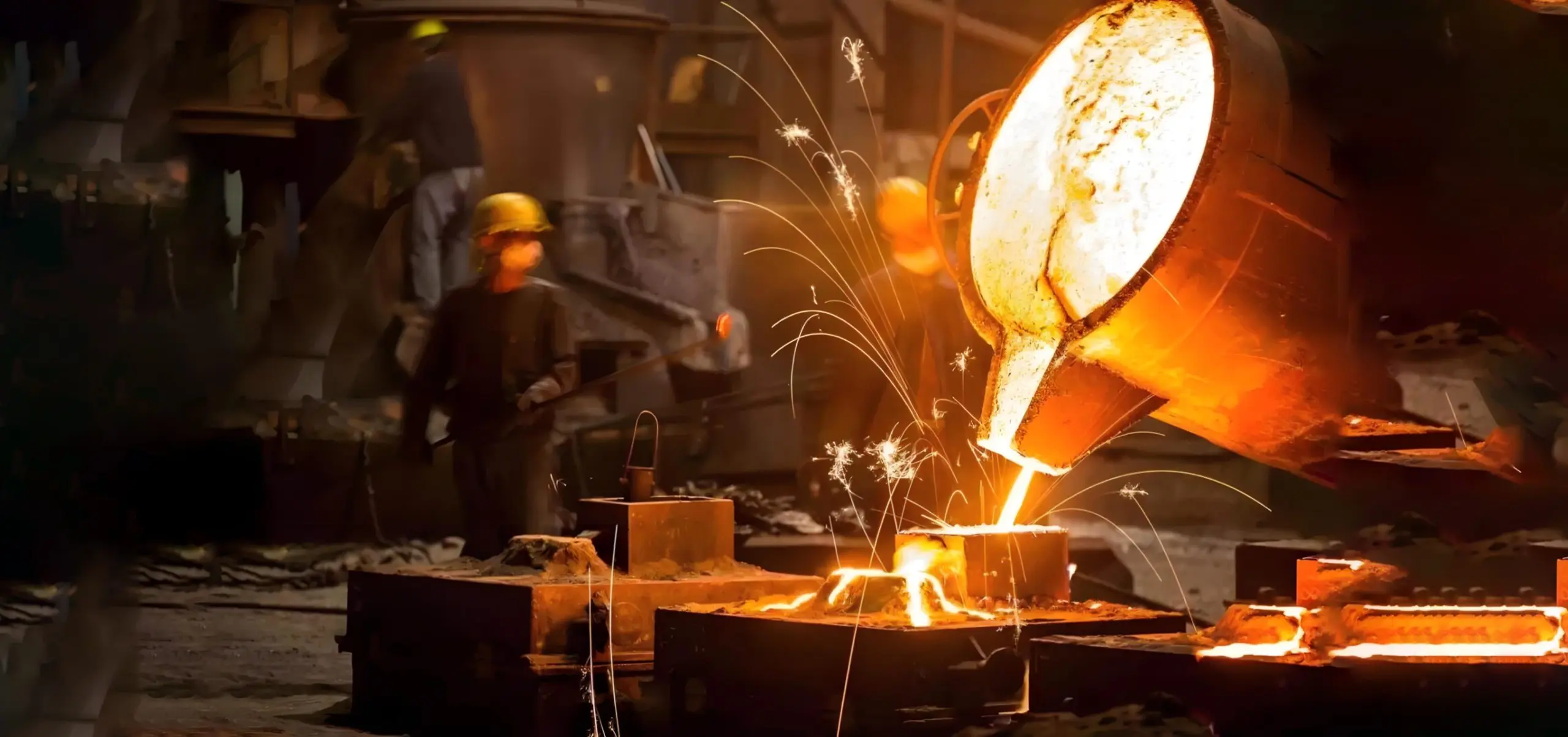Cast iron is mainly divided into gray cat iron, white iron, pitted iron, ductile cast iron, malleable iron and alloy iron. Each cast iron is suitable for different application scenarios due to its unique properties.
Characteristics: Carbon exists in the form of flake graphite, the fracture is gray, it has good casting performance and wear resistance, but poor tensile strength and plasticity
Application: Used in various mechanical parts, such as machine tool beds, engine cylinders, etc.
White iron: Characteristics: Carbon exists in the form of cementite, the fracture is silvery white, particularly hard, and difficult to process
Application: Mainly used as steelmaking raw material and blank for the production of malleable cast iron Pitted cast iron: Characteristics: Carbon exists in the form of graphite in part and in the form of cementite in part. The fracture has black and white pitting, and the hardness and brittleness are high
Application: Not many applications, mainly in a few wear-resistant and places with high heat resistance requirements, such as rolling mills, furnace bars, etc.
Spheroidal graphite iron:
Features: Carbon exists in the form of spherical graphite, with high strength and toughness
Application: Suitable for parts that need to withstand greater impact and vibration, such as crankshaft journals
Mallet iron:
Features: Carbon exists in the form of flocculent graphite, with good plasticity and toughness, easy to process and weld
Application: Suitable for parts that require frequent adjustment and maintenance, such as thin-walled small parts
Alloy iron:
Features: Adding alloy elements to gray cast iron, with higher strength and heat resistance
Application: Suitable for parts that require high strength and high heat resistance
We are iron and steel casting foundry, with resin sand casting and lost foam casting for ductile iron and gray iron part from 1 kg to 10000 kg parts, we make OEM machinery parts according to your detailed drawing(2D and 3D drawing).






